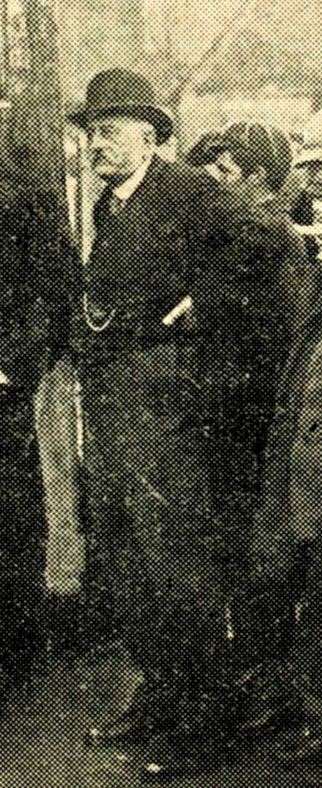1914 April

There were several deaths reported in the month. Interestingly two were of old Ashwellians who spent their last years in nursing homes in London. They were Mary Burr Chapman, 82, third daughter of the late John Totman Chapman of The Redlands and Nurse Yarrow, after 3 years of illness. The others were poignant in very different ways. Florence Emily Saunders was only one year old; Rowland Waldock was 19 and Edward Tyler was 83. Edward died at Blue Gates Cottage. He left two daughters and was buried at Baldock.
There was another large resume of the next talk by HW Bowman, the local historian, on Bygone Ashwell. A taster is this piece about Ashwell in the 1870’s, which was still within living memory then for many people in the village. He says prosperity came about 40 years ago with coprolite extraction at Ashwell End and Northfield. The population then rose to about 1,570. Coprolite was dug by open pits, ten to twenty feet deep, sometimes yielding 300 tons to the acre which after washing made £3 per ton. Some was treated and ground at a mill near to Ashwell Station ready to be sold as a super-phosphate fertilizer. The usual price for rights to dig was £150 per acre for three years and the land had to be levelled after digging was finished.
Little was reported in the way of entertainment or sport in April. The Ashwell Snowdrop Minstrels had a successful performance in aid of charities at the Council School and had to repeat it by popular demand. The Congregational Church held its annual Easter concert.
On a bigger stage Sir George Fordham of Odsey was honoured as Chairman of 10th International Congress of Agriculture held in Belgium. He was awarded the decoration Special Agricole de Premiere Classe by no less than the Belgian King.
At this time of year as is still the custom today the Parish Council had their Annual meeting. It was held at the Merchant Taylors School. The accounts for the Moss Cottage Homes were approved. Mr Parkhouse and many supporters queried the rate farmers were getting for the use of water under the new mains system. A request would be put to the County Council to widen the road to the Rec and asphalt other paths in particular one along Lucas Lane. Mr Day asked where the remaining £30 from Coronation fund had gone and it was suggested that the Coronation Committee could use their money for a fire hose.
The subject of fire then became the major topic of the month after an alarming fire on Easter Sunday at Ashwell Bury, the residence of Mr and Mrs Wolverley A Fordham. Early in the morning a blaze started in the library near the fireplace. The Royston and Baldock Brigades were called but the men servants had it under control before their arrival.
After this the Parish Council held a special meeting at which they rescinded the previous motion concerning the fire hose and proposed to pay for it with money in hand. Mr Goble, chairman of the Fire Committee, reported that on Easter Sunday the fire truck was called and attended Ashwell Bury. Everything was connected ready, but the fire was controlled and the truck not needed. Mr Fordham sent a letter of thanks to the paper thanking the two Fire Brigades for their prompt arrival.
Coincidentally one of Mr Bowman’s lectures gives us a brief outline of fire fighting in Ashwell. In his case initiated by ‘some fine views of the great Ashwell fire in 1850’ and illustrated by extracts from the churchwarden’s books. In 1622 divers labourers which did worke all night at the fire and some watching the next day where paid £1. In 1660 8 shillings (40p) was paid for a “hand engeon to throw water”. A few years later in 1664 a sum was paid “for mending the enggin.”
In the later 18th century and early 19th century a fire engine stood in the church, perhaps this was the truck called to the Bury fire. I believe it was still in Ashwell until it was requisitioned for use in the WWII and never came back. A 1771 inventory of ‘things belonging to the Parish Church’ includes A Fire Ingine, 65 Leather Buckets 17 with the Sun upon them, 2 Large Ladders and 2 Fire Hooks. The church was obviously the storehouse for village firefighting equipment.
The inventory also mentions ‘a Church Clock in the Tower’ – but that’s another story.






No Comments
Add a comment about this page